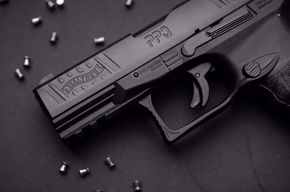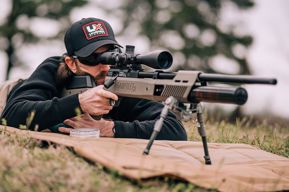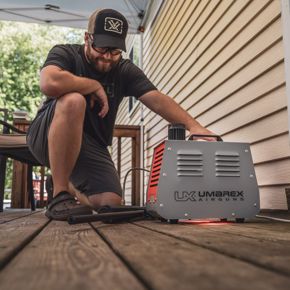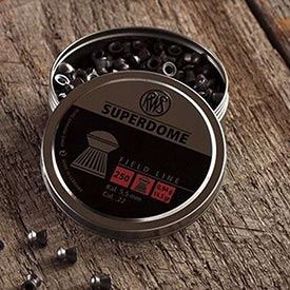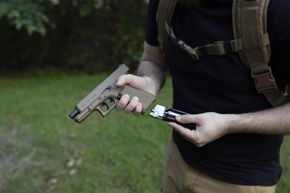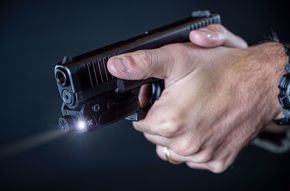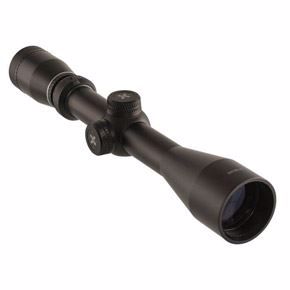Spring and Gas Piston air rifles generate two distinct recoil impulses during a shot. The first one occurs before the pellet starts moving and the spring or gas ram has been released by the trigger. The piston assembly moves forward rapidly and compresses the air inside of the cylinder, creating the air charge that launches the pellet. While the pellet is still in the barrel, the piston assembly comes to a very sudden and abrupt halt. If the rifle is being held in a gun vise or even braced against your skeleton too harshly, the recoil impulses will bounce off of those hard surfaces and travel down the barrel. Shooters who shoot from a hard rest or by gripping the stock and handguard too firmly will immediately notice that there is no semblance of a group on the target paper.
This is where utilizing the “artillery hold” comes in. This shooting technique gets its name from recoilless rifle artillery pieces. These big guns are stable and accurate, but the barrel travels backward in the direction of the recoil. In doing so, the barrel “floats” and puts less force on the shooting position. Likewise, when this idea is applied to spring or gas piston air rifles, the lack of a firm grip lets the rifle move backward and forward as the impulse forces dictate. If the rifle is allowed to move in these directions freely, it will cancel any vibration that comes from a perpendicular hard surface like a gun rest or your skeleton.

